-
 Bitcoin
Bitcoin $117400
-0.46% -
 Ethereum
Ethereum $3768
0.60% -
 XRP
XRP $3.551
2.09% -
 Tether USDt
Tether USDt $1.000
0.00% -
 Solana
Solana $203.2
11.30% -
 BNB
BNB $770.9
1.92% -
 USDC
USDC $0.9999
0.01% -
 Dogecoin
Dogecoin $0.2709
-0.02% -
 Cardano
Cardano $0.9024
4.49% -
 TRON
TRON $0.3139
0.60% -
 Hyperliquid
Hyperliquid $45.60
-1.41% -
 Stellar
Stellar $0.4730
-1.34% -
 Sui
Sui $4.025
2.15% -
 Chainlink
Chainlink $19.79
2.19% -
 Hedera
Hedera $0.2724
-2.39% -
 Avalanche
Avalanche $25.93
3.05% -
 Bitcoin Cash
Bitcoin Cash $524.0
-1.83% -
 Shiba Inu
Shiba Inu $0.00001558
0.50% -
 Litecoin
Litecoin $116.7
-0.30% -
 UNUS SED LEO
UNUS SED LEO $8.996
0.00% -
 Toncoin
Toncoin $3.334
1.83% -
 Polkadot
Polkadot $4.506
0.34% -
 Uniswap
Uniswap $10.99
4.83% -
 Ethena USDe
Ethena USDe $1.001
0.03% -
 Pepe
Pepe $0.00001461
3.17% -
 Monero
Monero $320.3
-1.01% -
 Bitget Token
Bitget Token $4.935
0.36% -
 Dai
Dai $0.9998
0.00% -
 Aave
Aave $322.4
-1.25% -
 Bittensor
Bittensor $455.6
9.33%
What is the mark price vs last price in futures?
Understanding the difference between mark price and last price is crucial for managing risk and avoiding unexpected liquidations in futures trading.
Jul 22, 2025 at 12:49 pm
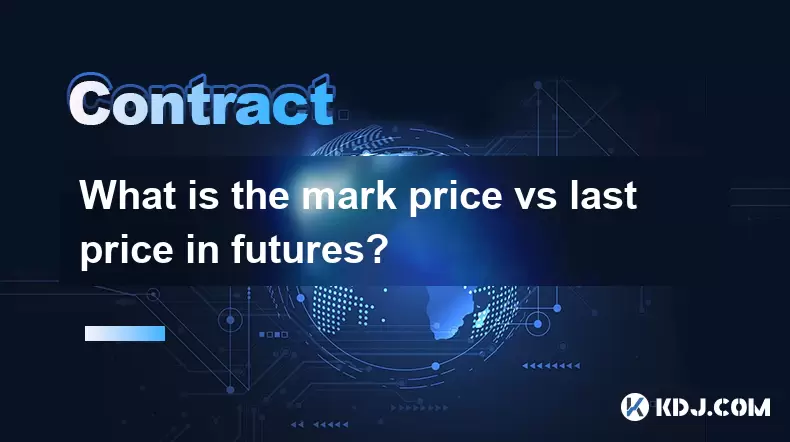
Understanding the Basics of Futures Trading
In futures trading, two critical terms often arise: mark price and last price. These terms are essential for traders to understand because they directly affect trading strategies, risk management, and position liquidation. While both prices are related to the current value of an asset, they serve different purposes and are calculated using distinct methodologies.
Futures contracts are agreements to buy or sell an asset at a predetermined price at a specified time in the future. Traders use these contracts to speculate on price movements or hedge against potential losses. Since futures are leveraged instruments, small price changes can lead to significant gains or losses. Hence, accurate price data is crucial.
What is the Last Price?
The last price refers to the most recent transaction price at which a futures contract was traded. It reflects the actual price at which a buyer and seller agreed to exchange the contract. This value is constantly updated as new trades occur on the exchange.
- Real-time data: The last price changes every time a trade is executed.
- Market reflection: It represents the current supply and demand dynamics in the market.
- Visibility: It is the most visible price on trading platforms and often used for quick decision-making.
However, the last price can be misleading during periods of low liquidity or high volatility. In such cases, the last traded price may not accurately reflect the true market value of the contract.
What is the Mark Price?
The mark price is a calculated value used by exchanges to determine the fair value of a futures contract. Unlike the last price, which is based solely on executed trades, the mark price incorporates a broader range of data, including the spot price of the underlying asset, funding rates, and order book depth.
- Risk management: Exchanges use the mark price to assess the liquidation risk of traders' positions.
- Funding rate adjustments: It accounts for the funding payments that occur in perpetual futures contracts.
- Smooth valuation: It helps prevent manipulation and ensures more stable and fair pricing during volatile conditions.
The mark price is often derived from a moving average of the spot price combined with the funding rate component. Some exchanges also use order book mid-prices to calculate the mark price more accurately.
Differences Between Mark Price and Last Price
While both the mark price and last price are used to assess the value of a futures contract, they serve different functions and are calculated differently.
- Purpose: The last price shows the most recent trade, while the mark price reflects the fair value of the contract.
- Volatility sensitivity: The last price can be highly volatile, especially in low-liquidity markets, whereas the mark price is designed to be smoother and more stable.
- Impact on liquidation: Exchanges use the mark price to determine when a position gets liquidated, not the last price. This is crucial for traders to understand to avoid unexpected losses.
- Manipulation resistance: The mark price is more resistant to price manipulation, making it a safer reference point for risk management.
Understanding the distinction between the two prices helps traders better manage their positions and avoid unnecessary liquidations.
Why Mark Price Matters in Perpetual Futures
In perpetual futures contracts, there is no expiration date, and the price is kept close to the spot market through a mechanism called funding rate. The mark price plays a vital role in this system.
- Funding rate calculation: The mark price is used to determine whether funding payments are positive or negative.
- Price convergence: It ensures that the price of the perpetual contract stays close to the spot price.
- Liquidation protection: By using the mark price, exchanges can avoid unfair liquidations caused by sudden price spikes or wash trading.
Traders who ignore the mark price may find themselves liquidated even if the last price hasn’t reached their stop-loss level. This is why it's essential to monitor both values simultaneously.
How to Check Mark Price and Last Price on Trading Platforms
Most major cryptocurrency derivatives exchanges, such as Binance Futures, Bybit, OKX, and BitMEX, display both the mark price and last price on their trading interfaces.
- Binance Futures: Look for the "Mark Price" indicator next to the chart. It's usually shown in a different color from the last price.
- Bybit: The mark price is displayed under the "Mark" tab in the order book section.
- OKX: The mark price appears in the contract details section and is updated in real time.
- BitMEX: The mark price is integrated into the liquidation engine and shown on the position panel.
Users can also enable mark price charts on some platforms to visualize how the mark price moves relative to the last price.
Frequently Asked Questions
Q: Can the mark price differ significantly from the last price?
Yes, especially during periods of high volatility or low liquidity. The mark price is designed to reflect fair value, while the last price reflects the most recent trade, which may not always align.
Q: Does the mark price affect my profit and loss (PnL)?
Yes, unrealized PnL is typically calculated using the mark price, not the last price. This ensures a more accurate and stable valuation of open positions.
Q: Why do exchanges use mark price for liquidations instead of last price?
To prevent manipulation and unfair liquidations, exchanges rely on the mark price, which is less susceptible to sudden price spikes or wash trading.
Q: Is the mark price the same across all exchanges?
No, each exchange uses its own methodology to calculate the mark price. Some may use spot price indices, while others incorporate order book depth or funding rates into the calculation.
Disclaimer:info@kdj.com
The information provided is not trading advice. kdj.com does not assume any responsibility for any investments made based on the information provided in this article. Cryptocurrencies are highly volatile and it is highly recommended that you invest with caution after thorough research!
If you believe that the content used on this website infringes your copyright, please contact us immediately (info@kdj.com) and we will delete it promptly.
- XRP, Bitcoin, Ripplecoin: Navigating the Crypto Landscape in 2025
- 2025-07-22 20:30:13
- Cardano Ecosystem Watch: Can PayFi Token Remittix Trigger an ADA Overtake?
- 2025-07-22 20:50:13
- JasmyCoin Price Forecast: Chart Analysis Points to Potential Surge
- 2025-07-22 20:55:13
- Remittix, XRP, and Dogecoin: What's Hot in the Crypto Game Right Now?
- 2025-07-22 20:10:14
- BlockchainFX, PEPE, and USDT: What's the Buzz in the Crypto Jungle?
- 2025-07-22 18:50:12
- Ripple's RLUSD: Institutional Backing Fuels Stablecoin Ascent
- 2025-07-22 18:30:12
Related knowledge
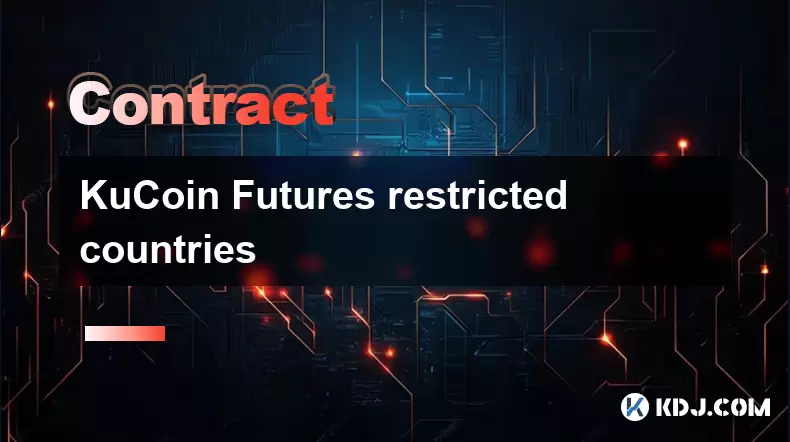
KuCoin Futures restricted countries
Jul 22,2025 at 09:00pm
Understanding KuCoin Futures and Geographic RestrictionsKuCoin Futures is a popular platform for trading perpetual and delivery futures contracts on c...
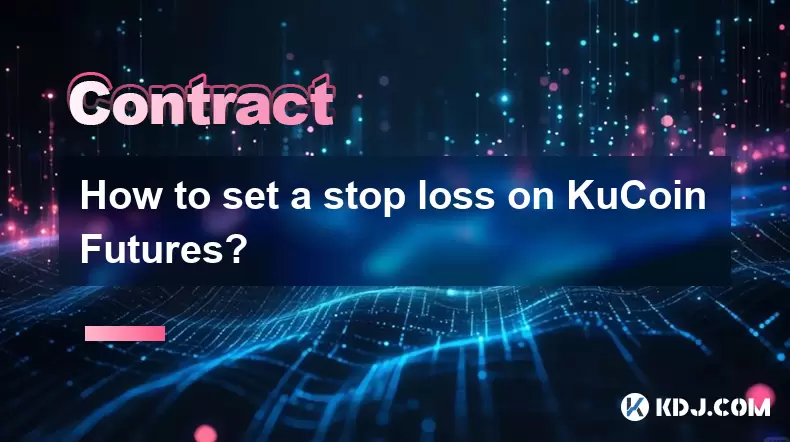
How to set a stop loss on KuCoin Futures?
Jul 22,2025 at 08:01pm
Understanding Stop Loss in KuCoin FuturesA stop loss is a risk management tool that automatically closes a position when the market moves against you ...
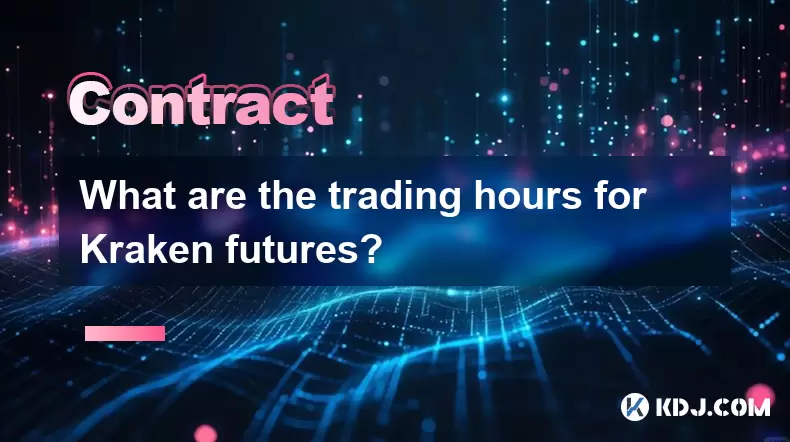
What are the trading hours for Kraken futures?
Jul 22,2025 at 08:49pm
Understanding Kraken Futures Trading HoursKraken Futures, a product of the well-established cryptocurrency exchange Kraken, offers users the ability t...
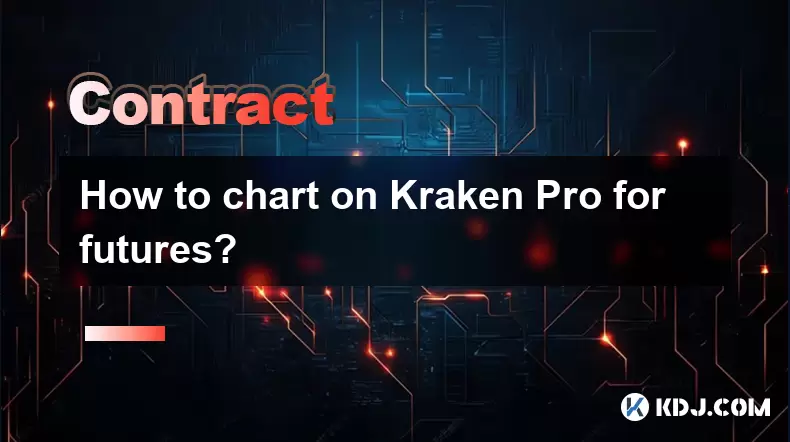
How to chart on Kraken Pro for futures?
Jul 22,2025 at 07:42pm
Understanding Kraken Pro Futures InterfaceBefore diving into charting, it’s essential to recognize how Kraken Pro structures its futures trading envir...
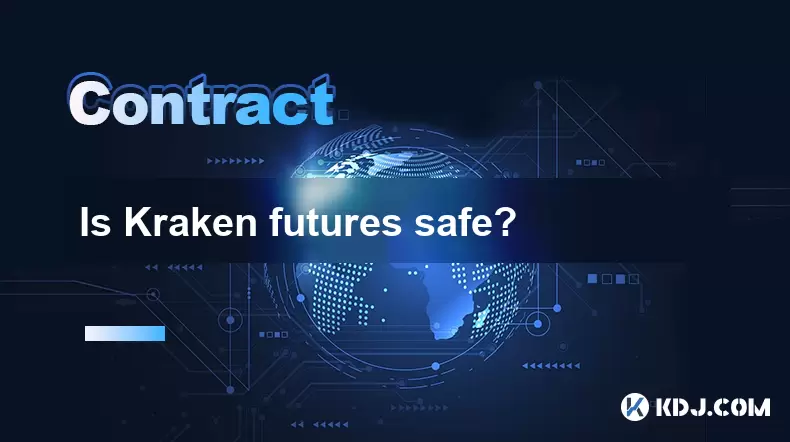
Is Kraken futures safe?
Jul 22,2025 at 08:07pm
Understanding Kraken Futures and Its Regulatory FrameworkKraken Futures, operated by the well-known cryptocurrency exchange Kraken, is a platform desi...
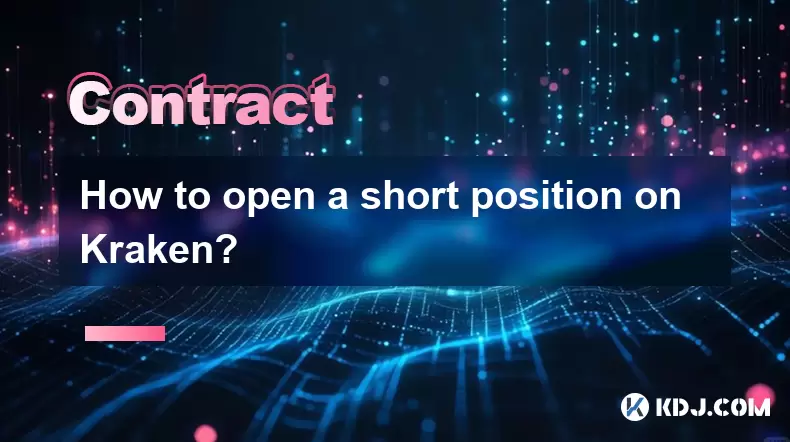
How to open a short position on Kraken?
Jul 22,2025 at 05:00pm
Understanding Short Positions in CryptocurrencyA short position allows traders to profit from a decline in the price of an asset. On Kraken, this is p...

KuCoin Futures restricted countries
Jul 22,2025 at 09:00pm
Understanding KuCoin Futures and Geographic RestrictionsKuCoin Futures is a popular platform for trading perpetual and delivery futures contracts on c...

How to set a stop loss on KuCoin Futures?
Jul 22,2025 at 08:01pm
Understanding Stop Loss in KuCoin FuturesA stop loss is a risk management tool that automatically closes a position when the market moves against you ...

What are the trading hours for Kraken futures?
Jul 22,2025 at 08:49pm
Understanding Kraken Futures Trading HoursKraken Futures, a product of the well-established cryptocurrency exchange Kraken, offers users the ability t...

How to chart on Kraken Pro for futures?
Jul 22,2025 at 07:42pm
Understanding Kraken Pro Futures InterfaceBefore diving into charting, it’s essential to recognize how Kraken Pro structures its futures trading envir...

Is Kraken futures safe?
Jul 22,2025 at 08:07pm
Understanding Kraken Futures and Its Regulatory FrameworkKraken Futures, operated by the well-known cryptocurrency exchange Kraken, is a platform desi...

How to open a short position on Kraken?
Jul 22,2025 at 05:00pm
Understanding Short Positions in CryptocurrencyA short position allows traders to profit from a decline in the price of an asset. On Kraken, this is p...
See all articles

























































































